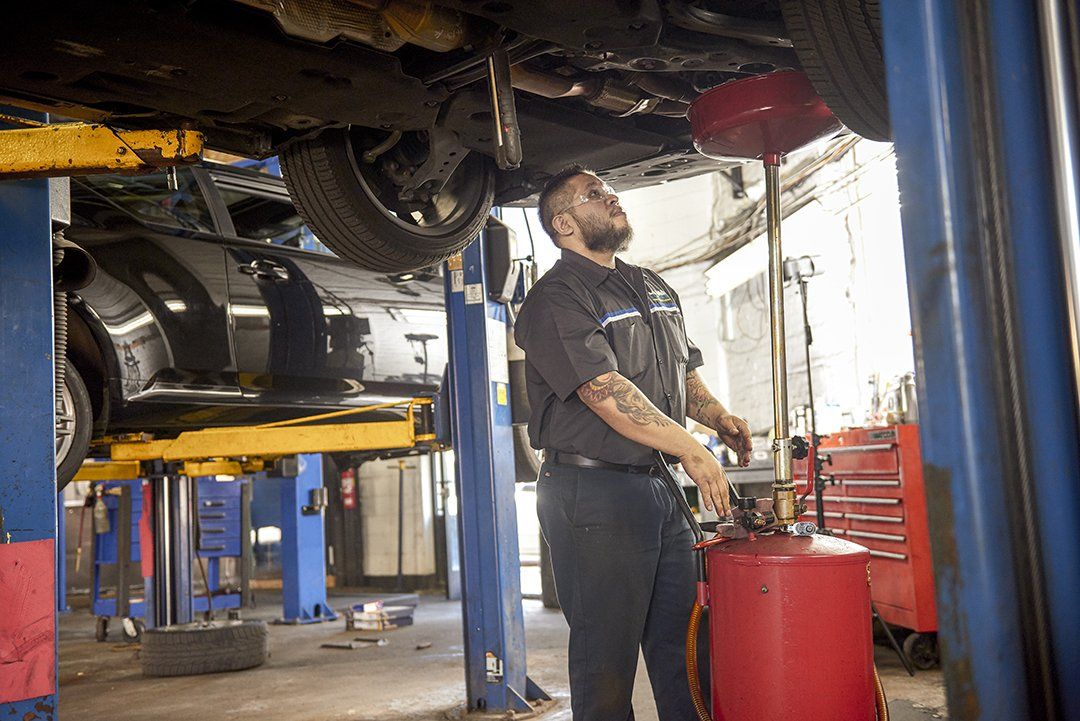Modern vehicles often come geared up with either 4x4 (4WD) or All-Wheel Drive (AWD) systems, both developed to improve grip and control. While they serve comparable functions, their applications and performances differ.
4WD systems, frequently located in trucks and SUVs, are engineered for off-road conditions and hefty towing. They allow vehicle drivers to switch over between two-wheel drive (2WD) and 4WD settings, providing adaptability based on surface and driving requirements. This flexibility guarantees optimal performance whether browsing city streets or tough routes. The included parts in 4WD systems can lead to enhanced maintenance needs and prospective for fixings.

AWD systems, on the other hand, are normally found in cars, terminal wagons, and cars. These systems automatically disperse power to all four wheels, boosting grip in numerous driving problems without chauffeur intervention. While AWD offers enhanced taking care of and security, specifically in negative climate, it likewise introduces added mechanical complexity, which might necessitate much more frequent maintenance.
Regular inspections and upkeep are important for both systems to guarantee longevity and reliability. Elements such as differentials, transfer cases, and hubs need to be routinely inspected by qualified experts. Proper upkeep not just prevents pricey fixings however also ensures that your lorry carries out optimally, regardless of the driving problems.

Check for more info at Logan Square Auto Repair - Four-Wheel-Drive System Service & Repair Facebook Youtube Instagram
Latest Posts
Sierra Motors Chrysler Dodge Jeep - Check Out Powerful Ram Vehicles Local Ottawa IL Inventory
Sierra Motors Chrysler Dodge Jeep - Shop Fresh Dodge Cars Deals in Ottawa IL
Sierra Motors Chrysler Dodge Jeep - Factory Order Your Ideal Car This Week
Navigation
Latest Posts
Sierra Motors Chrysler Dodge Jeep - Check Out Powerful Ram Vehicles Local Ottawa IL Inventory
Sierra Motors Chrysler Dodge Jeep - Shop Fresh Dodge Cars Deals in Ottawa IL
Sierra Motors Chrysler Dodge Jeep - Factory Order Your Ideal Car This Week